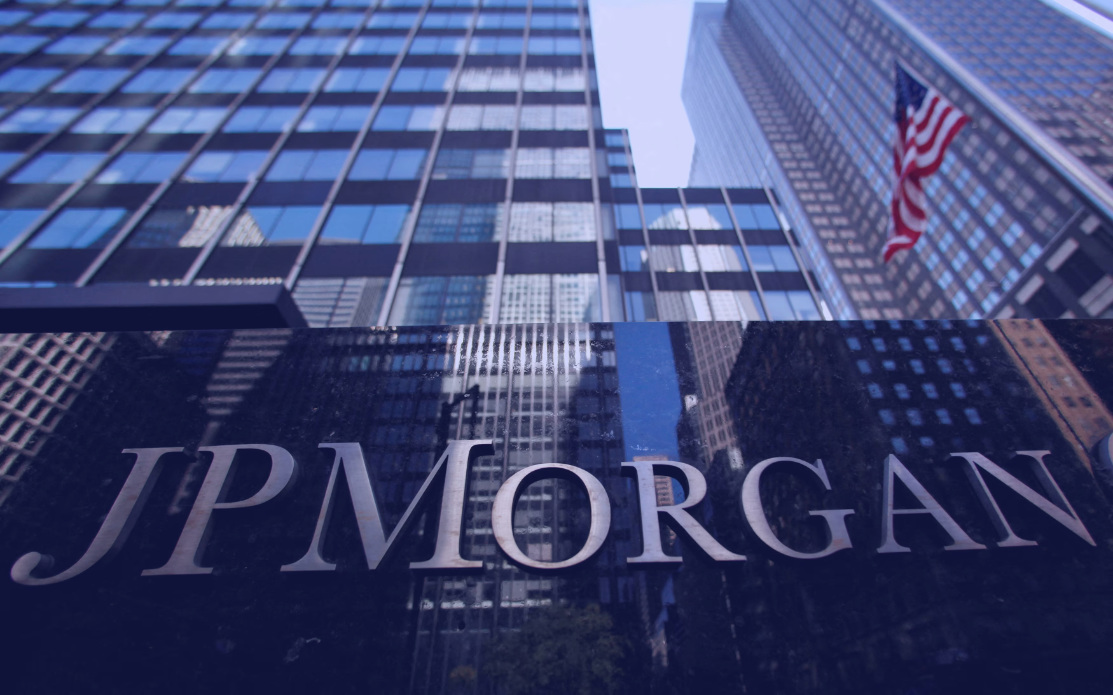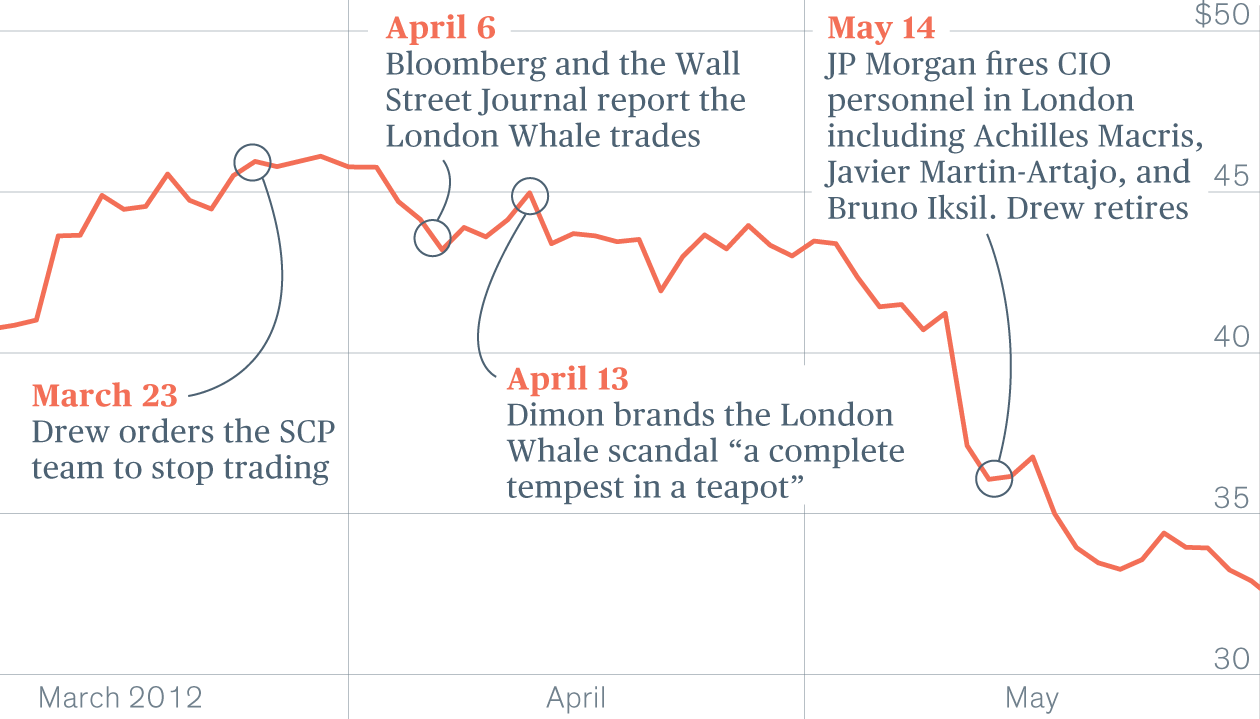The London Whale Trading Scandal (2012)
The London Whale trading scandal was one of the largest trading losses in financial history, involving JPMorgan Chase & Co. It was caused by high-risk trading activities within the bank’s Chief Investment Office (CIO), resulting in $6.2 billion in losses. The scandal led to regulatory fines, reputational damage, and increased scrutiny of JPMorgan’s risk management practices.
 Source: Internet
Source: Internet
The Trading Strategy
The CIO was originally responsible for investing excess deposits in relatively safe assets. However, it began engaging in riskier trades using synthetic credit derivatives, specifically credit default swaps (CDS), which are financial instruments used to hedge credit risk.
How the Trades Went Wrong
- Massive CDS Positions: The CIO built an enormous position in a specific CDS index (CDX.NA.IG.9), betting that credit markets would remain stable.
- Market Distortion: The sheer size of these trades (up to $157 billion in notional value) distorted the market, drawing attention from hedge funds and traders.
- Mounting Losses: As market conditions changed, the position moved against JPMorgan, leading to billions in paper losses.
- Attempts to Hide Losses: Internal emails and messages suggest that traders attempted to delay recognizing losses, allegedly misrepresenting valuations to minimize reported losses.
 Source: Internet
Source: Internet
Key Players
- Bruno Iksil: The trader at the center of the scandal, nicknamed the “London Whale” due to the large trades he placed in the derivatives market.
- Ina Drew: Head of JPMorgan’s Chief Investment Office (CIO), who resigned following the scandal.
- Jamie Dimon: CEO of JPMorgan Chase, who initially downplayed the issue but later admitted to serious risk management failures.
- Javier Martin-Artajo & Julien Grout: Other CIO employees involved in the trading and alleged cover-up of losses.
Timeline of Events
- April 5, 2012: The Wall Street Journal reports on unusually large trades, bringing the issue into public view.
- April 13, 2012: Jamie Dimon dismisses concerns, calling it a “tempest in a teapot.”
- May 10, 2012: JPMorgan publicly acknowledges the trading losses, initially estimated at $2 billion.
- July 2012: Losses balloon to $6.2 billion.
- September 2013: JPMorgan agrees to pay $920 million in fines to U.S. and U.K. regulators.
- August 2015: Bruno Iksil avoids prosecution by cooperating with authorities.
Regulatory and Legal Consequences
JPMorgan faced significant regulatory scrutiny:
- $920 million in fines paid to U.S. and U.K. regulators, including the SEC, OCC, and FCA.
- The DOJ pursued criminal charges against two JPMorgan employees (Javier Martin-Artajo and Julien Grout) for allegedly hiding losses.
- The scandal led to a Senate investigation, which found that JPMorgan misled investors and regulators about the true nature of the losses.
Lesser-Known Facts
- The CIO was originally meant to reduce risk: Before the scandal, the CIO was considered a conservative investment arm.
- Hedge funds took advantage of JPMorgan’s exposure: Once rival traders realized JPMorgan’s huge positions, they aggressively traded against it.
- Internal risk models were altered: JPMorgan changed its risk assessment models, leading to underestimation of potential losses.
- Jamie Dimon initially dismissed concerns: His “tempest in a teapot” remark became infamous as the losses multiplied.
- Whistleblower concerns were ignored: Some JPMorgan employees internally warned about excessive risk-taking before the losses became public.
- The total losses could have been higher: Some estimates suggest that had JPMorgan not acted quickly, losses could have exceeded $10 billion.
Lessons Learned
- Stronger risk management controls: The scandal highlighted the need for better oversight of internal investment operations.
- Improved regulatory compliance: Regulators tightened rules around proprietary trading and risk disclosure.
- Greater transparency in financial reporting: Investors and regulators now demand more accurate valuation methods for complex derivatives.
Conclusion
The London Whale scandal was a wake-up call for the banking industry, illustrating the dangers of unchecked risk-taking within major financial institutions. While JPMorgan survived the crisis, it suffered significant financial and reputational damage, reinforcing the importance of robust internal controls and regulatory oversight.